From its “glowing reviews” and advertisements, the Detroit Zoo promised that its annual, 29 day ‘Wild Lights’ show would be nothing short of 5 million LED lights worth of pure holiday exuberance. After attending this past Saturday, I can partially attest to that – the experience of strolling through large-scale LED animal sculptures and holiday-themed decor, supplemented by several regularly operating animal exhibitions, was wholly conducive to the family-oriented amb ience the Zoo stresses with most of its events. The Wild Lights show boasted a meticulously illuminated total of 280 sculptures, 230 of which were animal-shaped, positioned for prime group photo opportunities throughout the front half of the zoo.
ience the Zoo stresses with most of its events. The Wild Lights show boasted a meticulously illuminated total of 280 sculptures, 230 of which were animal-shaped, positioned for prime group photo opportunities throughout the front half of the zoo.

Upon entering, visitors were greeted with trees brightened by monochrome string lights and an equally eye-catching wildlife sequence played continuously on a large screen. Though blatantly drawing upon your typical holiday motifs, like the giant walk-in holiday ornament and bright green Christmas tree displays, the Zoo also had a couple of outlier light displays. These included a lavender-colored spiderweb, its stiffly perching spider that resembled a taco shell holder, and other refreshing oddities like a sneaky ‘polar bear’ ready to attack a beehive. Though initially underwhelmed by the filler trees’ clashing, garish colors, I was eventually won over by more dynamic displays like the little hummingbird whose wings seemed to flap up and down through an alternating light trick, and branches that seemed to rain light on passerby.
Outside of their Wild Lights event, the Detroit Zoo prides itself upon the 140 pieces that constitute its Fine Art Collection that “…showcase humanity’s relationship to animals and inspire a passion and interest in the natural world”. This and the other artworks I was able to view during the event emphasized the Detroit Zoo’s nationally prominent focus on conservation efforts, animal welfare, and the release/reestablishment of endangered species. Even so, I found it ironic that the statement ‘All Animals Are Imp ortant’ was displayed in the North American River Otter Exhibit, within steps of a hot dog stand.
ortant’ was displayed in the North American River Otter Exhibit, within steps of a hot dog stand.
Personally, the most visually stunning bodies of work I encountered were the softly lit, geometric sculptures positioned around the perimeter of other LED lit sculptures. Visitors are invited to gently spin the works, and as they do so, the piece’s inner light seems to shift and refract off of each intricately carved, triangular panel. Each hanging sculpture was similar in overall structure to the next but unique in their repetitive, fractal-like carved patterns; I thought this was the most elegant presentation at the Wild Lights Event.
If you’d like to brighten up your day (or night), make sure to go experience this marvelous walk-through light show, preferably with a warm group of people you find tolerable to maximize the aesthetic photo-taking opportunities. Unless they sell out beforehand, you’ll be able to buy tickets online until January 5, 2020 for the multiple showtimes they have available.

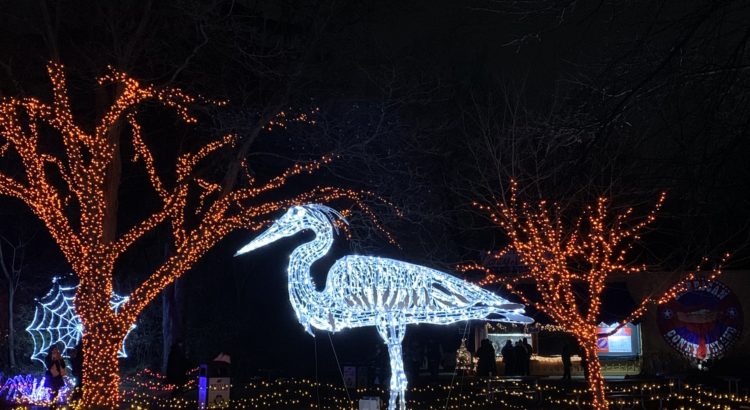

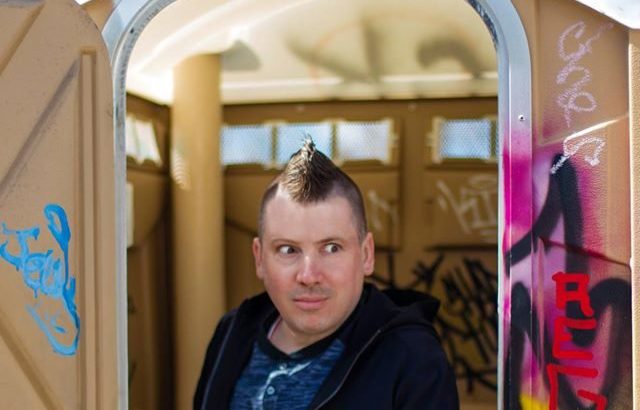
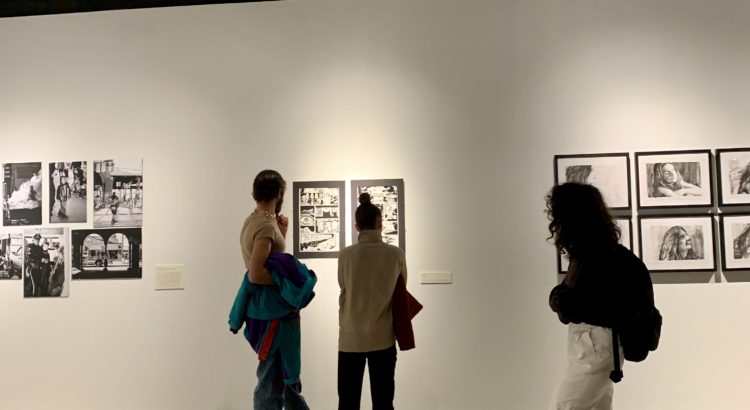



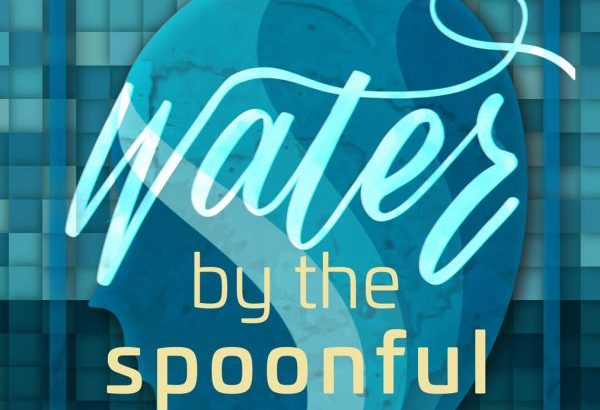
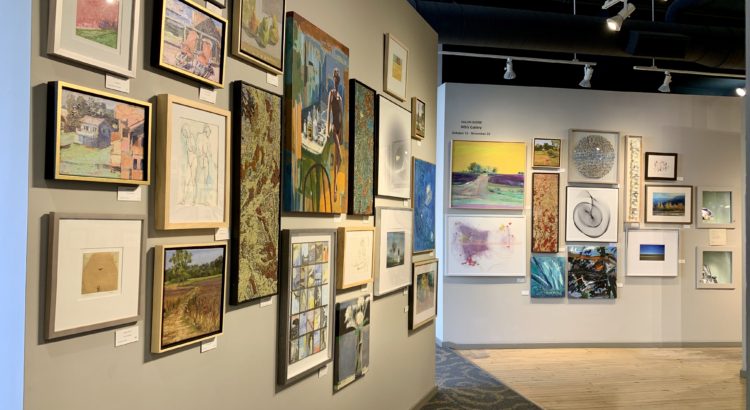


 WSG member
WSG member 
